Can I Read the Dead Sea Scrolls
Written report the Dead Ocean Scrolls
The Expressionless Bounding main Scrolls accept captivated public imagination since their discovery over seventy years ago.
In that location are numerous theories about the origins of the scrolls and the community that produced them and how they relate to Christianity.
The Scrolls are no stranger to headline news. In the last year solitary, a flurry of articles hitting the printing on topics ranging from hopes that new scrolls might be found to the shock of five scrolls from Museum of the Bible being deemed forgeries to, almost recently, scientists discovering unusual chemical properties in the longest Dead Sea Scroll (read the scientific article or pop press article).
Given the importance of the scrolls for biblical studies alongside the somewhat sensational nature of information nearly the Scrolls on the spider web, this page aims to provide you lot with a counterbalanced introduction to the Dead Bounding main Scrolls, resources to assistance in further study, and a series of links to reliable information.
- What are the Expressionless Sea Scrolls?
- How were the Scrolls discovered?
- Why are the Scrolls important for biblical studies?
- How tin I larn more most the Expressionless Body of water Scrolls?
What Are the Dead Sea Scrolls?
The Expressionless Sea Scrolls are a drove of over 100,000 fragments of papyrus and leather (sheep and goatskin), fifty-fifty forged copper, that scholars have pieced together into over 900 documents. The Expressionless Sea Scrolls are witness to an ancient library, which many scholars believe belonged to the Essenes (a Jewish sect living at Qumran on the shores of the Dead Sea, almost 8 miles southward of Jericho and 15 miles east of Jerusalem). This library independent both biblical and not-biblical materials. Among the biblical manuscripts were a complete curl of the prophet Isaiah (1QIsaa) also equally fragments of every book of the Hebrew Bible except Esther.
Explore the complete scroll of Isaiah (1QIsaa) at the Israel Museum in Jerusalem by clicking the paradigm below:
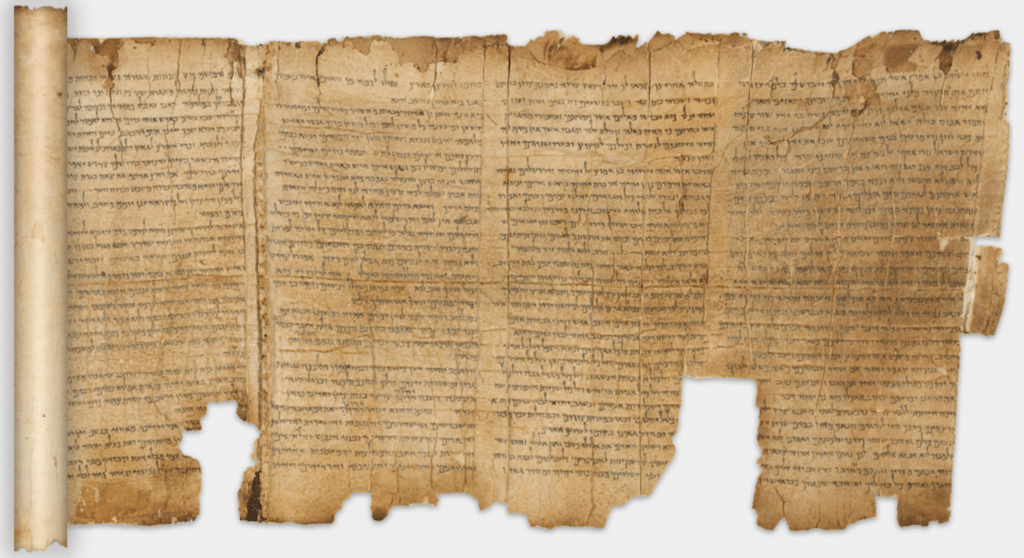
How does the Expressionless Bounding main Scrolls labeling system work?
Though the manuscript names tin can appear a formidable jargon, they are actually rather straightforward. Using the case of 1QIsaa: 1Q refers to the site (Qumran Cave ane), Isa refers to the name of the composition (Isaiah), and the final a, which is often superscript, means this is the kickoff manuscript of the composition catalogued from this cavern. Thus, if you were to come across 1QIsab, you lot at present know that this is the second manuscript of Isaiah catalogued in Qumran Cave i. Similarly, 4QDeutd, indicates that this is the fourth manuscript of Deuteronomy catalogued from Qumran Cavern 4. It is of import to think that nigh manuscripts only incorporate smaller sections of text (e.chiliad., in 4QDeutd nosotros find simply sections of Deuteronomy 2–four). The Neat Isaiah Ringlet, notwithstanding, is called this considering it's a complete scroll, containing nearly the entire book of Isaiah. Other notable scrolls are commonly referred to by names relating to their content (e.g., "The Rule of the Congregation") instead of their manuscript identifier (east.g., 1QS).
What does the Hebrew script of the Dead Bounding main Scrolls look like?
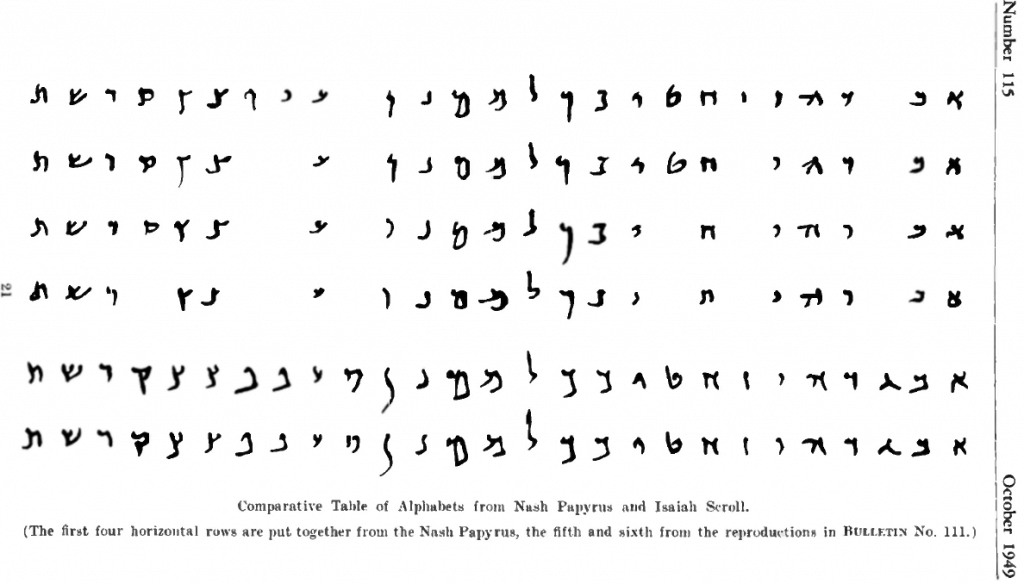
The 2 alphabetic rows are extrapolations from the Great Isaiah Gyre (1QIsa) as excerpted from Solomon A. Birnbaum, "The Qumran (Expressionless Bounding main) Scrolls and Palaeography" in American Schools of Oriental Research, Supplementary Studies 13–14 (1952).
How were the Scrolls discovered?
The first scrolls and fragments were discovered by two young Ta'mireh Bedouins while searching for a lost sheep or goat in a cave close to the northwestern shore of the Dead Sea. The story goes that one of the boys, Muhammed ed-Dhib, threw a stone into the cave and heard the audio of pottery shattering. This led to the discovery of the offset 7 scrolls in what afterward became known as Cave 1.
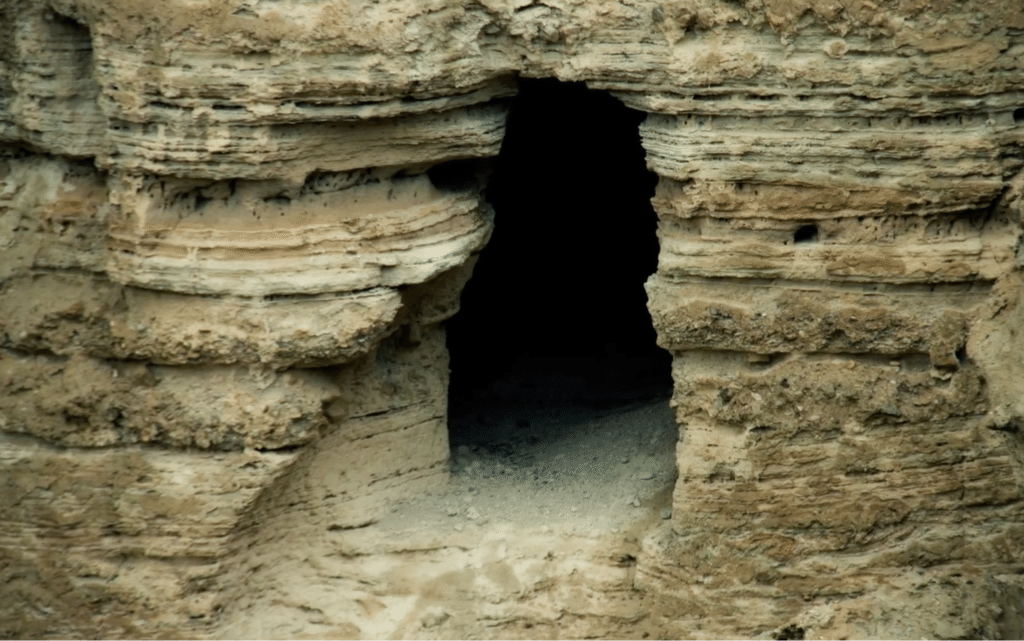
For a cursory introduction and some stunning aerial imagery of Qumran where the Scrolls were discovered, click in a higher place image.
Take a tour of Qumran with Archaeologist Jodi Magness (Kenan Distinguished Professor for Educational activity Excellence in Early on Judaism at the Academy of North Carolina at Chapel Colina): http://virtualqumran.huji.ac.il/index.htm
Which biblical texts were found at Qumran?
The highest numbers of Old Testament fragments come from the following books:
- Psalms (36)
- Deuteronomy (30)
- Isaiah (21)
- Genesis (20)
- Exodus (17)
- Leviticus (thirteen)
As of 2019, there are 87 manuscripts that comprise texts of the Torah, 54 manuscripts with texts from the Prophets, and 67 with material from the residue of the Former Testament (the Writings).
What other materials were discovered at the Expressionless Sea?
In improver to the above Hebrew manuscript evidence, copies of Greek translations of the Old Testament and several manuscripts identified as targums (Aramaic translations of the Bible) have also been establish at Qumran. Commentaries on biblical books (known as Pesharim) add together to our knowledge of the text of the Old Testament at this phase of development.
In addition to fragments of biblical books, many of import not-biblical texts of a sectarian nature were institute in the Expressionless Sea Region. These reflect biblical interpretation and practices from a form of Judaism that did not survive the commencement Jewish revolt (in which the Second Temple was destroyed in Advert lxx). They also provide crucial background information for the study of early Christianity and early rabbinic Judaism.
Why are the Dead Body of water Scrolls important?
- The Dead Bounding main Scrolls are now the oldest form of the Hebrew Erstwhile Testament. Prior to the discovery of the Scrolls in 1947, the oldest complete Hebrew manuscript of the Onetime Testament was the Leningrad Codex (which was copied in Cairo in AD 1008, oft chosen the Masoretic Text or "MT"). The texts of the Hebrew Sometime Testament discovered at Qumran date from the tertiary century BC to the first century AD. This transports us an entire millenia closer to the actual composition of the Scriptures themselves. However, the Expressionless Bounding main Scrolls comprise a relatively small portion of the Hebrew Old Testament (compared to, for example, the St. petersburg Codex). For this reason, though the Dead Sea Scrolls have improved our reading of the Old Testament, the Leningrad Codex (reflecting the Masoretic Text) remains our primary source for the text of the One-time Attestation.
- The Expressionless Bounding main Scrolls helped confirm that the Masoretic Text is more than reliable than once idea. At i time, scholars imagined the Masoretic Text (our earliest Hebrew manuscript of the Bible earlier the Scrolls' discovery) to be riddled with scribal errors and editorial changes. However, the differences between the biblical texts found at Qumran and the MT only rarely bear on the meaning of a passage—such as differences in spelling or the addition or subtraction of a conjunction. This suggests that the greatest care was taken by the scribes who copied the Scriptures.
- The Dead Sea Scrolls led to a greater recognition of the importance of the Septuagint. There was once far greater debate about whether the Septuagint (an important Greek translation of the Hebrew Erstwhile Testament) was an accurate, literal reading of a Hebrew text of the Onetime Testament or a paraphrase. The Dead Ocean Scrolls helped ostend that the Septuagint is a literal translation of a Hebrew text that is somewhat different from the Masoretic Text.
Video Lectures almost the Expressionless Body of water Scrolls
An Introduction to the Biblical Cloth Establish at Qumran
Presentation by Dr. Emanuel Tov (Oklahoma Christian University; Apr, 2014). Dr. Tov is a world renowned adept on the Dead Ocean Scrolls, has authored the honor-winning Textual Criticism of the Hebrew Bible and served as editor of the "Discoveries of the Judaean Desert."
Dr. Emanuel Tov - Primary Class from Oklahoma Christian on Vimeo.
Studies in the Dead Sea Scrolls
Presentation past Dr. James C. VanderKam (Horn Museum Lectureship)
Studies in the Dead Sea Scrolls from TLD Productions on Vimeo.
Dead Ocean Scrolls Function 1: Voices of the Deserts (Biblical History Documentary)
A somewhat dated and dramatized but interesting introduction to the texts of the Expressionless Bounding main Scrolls. Includes interviews with scholars such as Prof. Immanuel Tov (Hebrew University of Jerusalem), Dr. Stephen Pfann (University of Holy State, Jerusalem), Dr. Emile Puech (Ecole Biblique, Jerusalem), Dr. Marilyn Lundberg (West Semitic Research Projection), and many others.
Jesus, the Scrolls, and the Divine Messiah
Presentation by Craig A. Evans, Professor of Christian Origins, Houston Theological Seminary
The Dead Sea Scrolls and the New Testament
Presentation by Dr. Peter Flint, Professor of Religious Studies and Co-Director of the Dead Sea Scrolls Plant at Trinity Western Academy
See how the study of the Expressionless Sea Scrolls can enrich biblical interpretation:
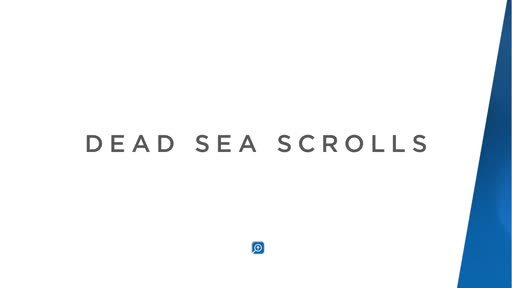
Resources
Biblical Dead Sea Scrolls
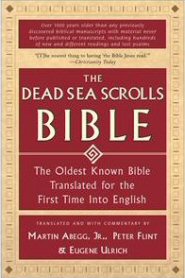
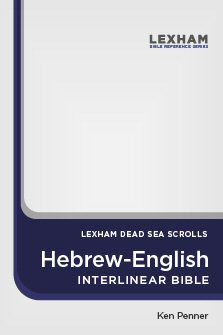

Non-Biblical (Sectarian) Dead Sea Scrolls
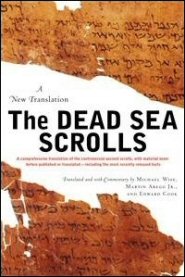
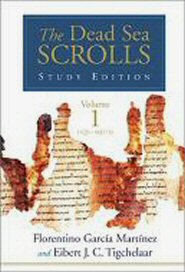

Qumran Sectarian Manuscripts
This database for the Qumran Sectarian Manuscripts provides nearly all of the non-biblical manuscripts (737 manuscripts) in the original Hebrew and Aramaic.
Learn MoreSecondary Literature on the Dead Sea Scrolls
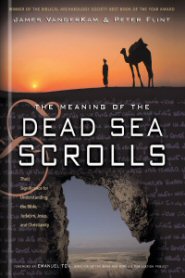
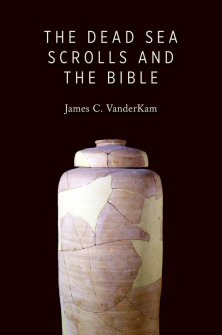
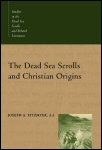
Web Resource for Further Report:
- Annals/Create an business relationship past clicking the link beneath.
- One time registered, you will be sent download instructions and further search examples via e-mail.
- Download Inscriptifact.
- To view the bodily scrolls:
- From Corpus cull "Dead Sea Scrolls"
- Click Brainstorm Search
- Click on the text of your choice; click Go push button
- Click on image(s); click View/Image
The Library of Congress has images and translations of several scrolls.
You tin download a complimentary popular-level introduction to the Dead Sea Scrolls from the Biblical Archæology Society.
Learn more than
Searchable Bibliography of Expressionless Bounding main Scrolls-related scholarship
(Orion Centre, the Hebrew University of Jerusalem):
http://orion-bibliography.huji.ac.il/
The personal website of Dr. Emanuel Tov, which includes PDFs of some of his articles and publications:
http://www.emanueltov.info/publications.html
The Personal website of Dr. Craig A. Evans, who has published several helpful books on the Dead Sea Scrolls:
https://world wide web.craigaevans.com/my-books.html
weatherlywict1936.blogspot.com
Source: https://www.logos.com/how-to/study-the-dead-sea-scrolls
0 Response to "Can I Read the Dead Sea Scrolls"
Post a Comment